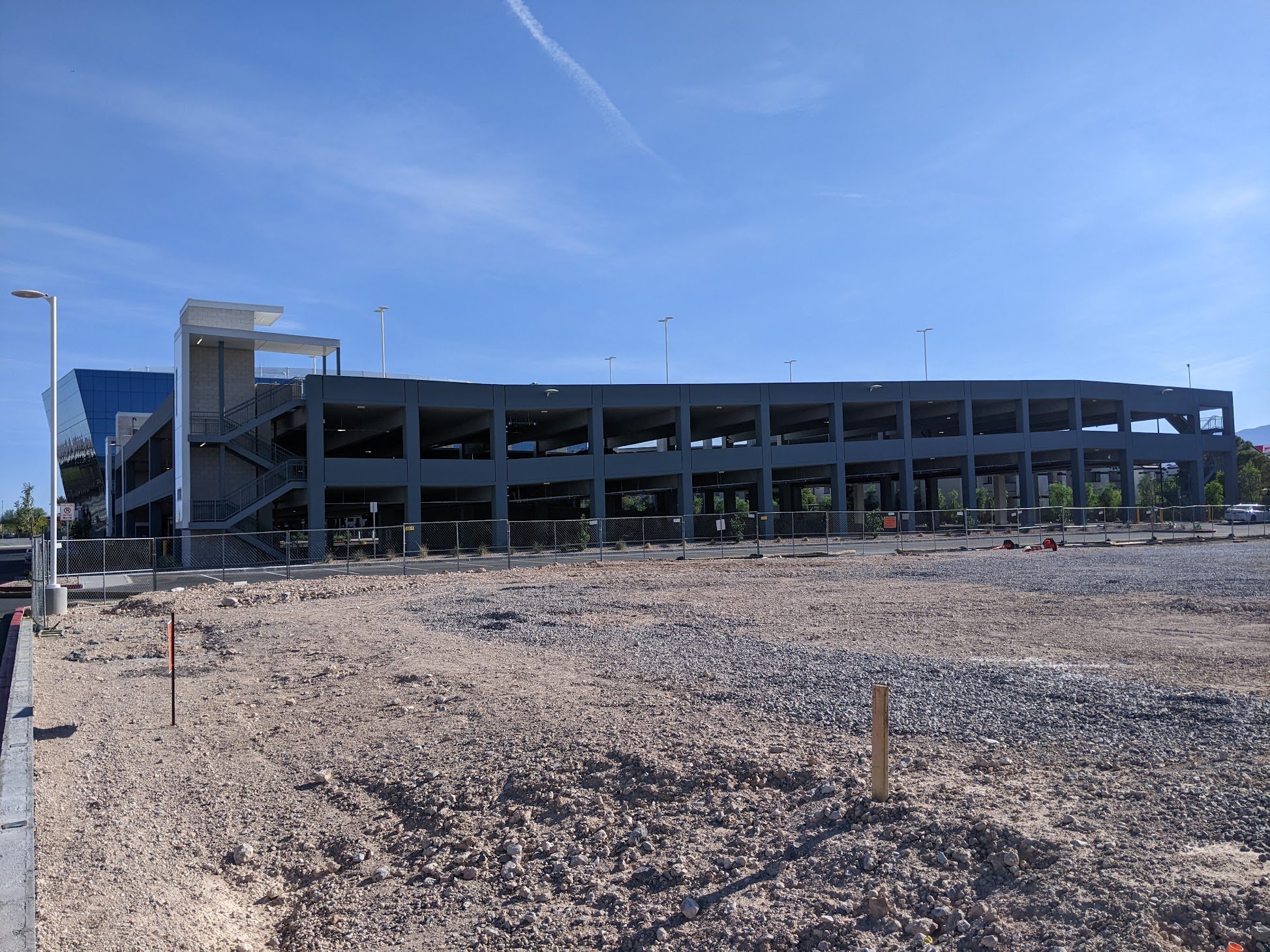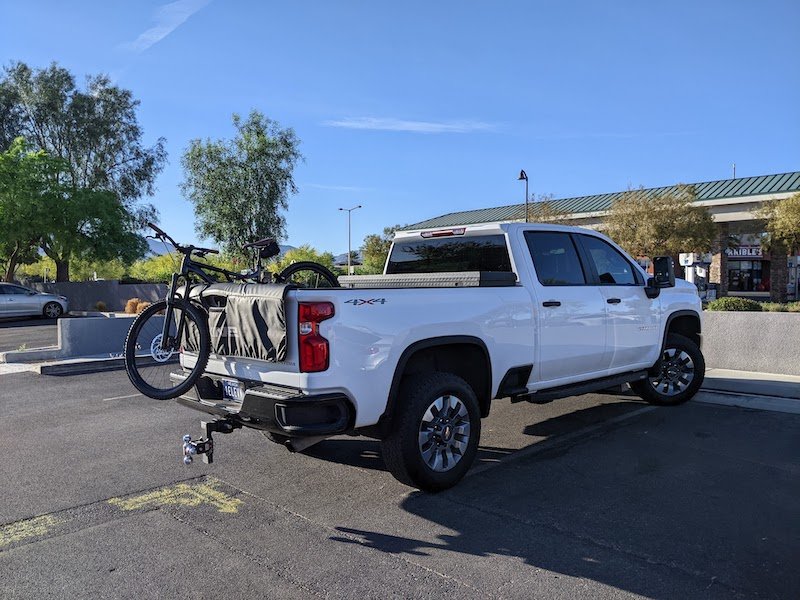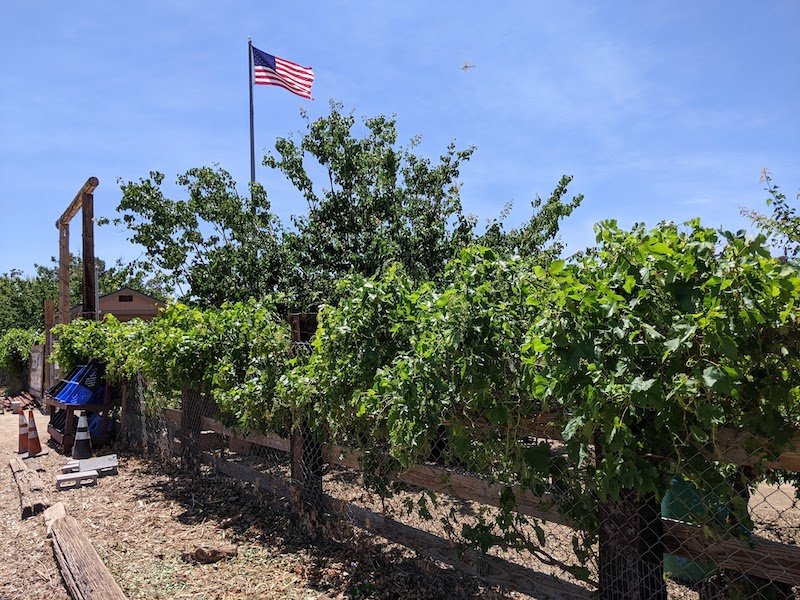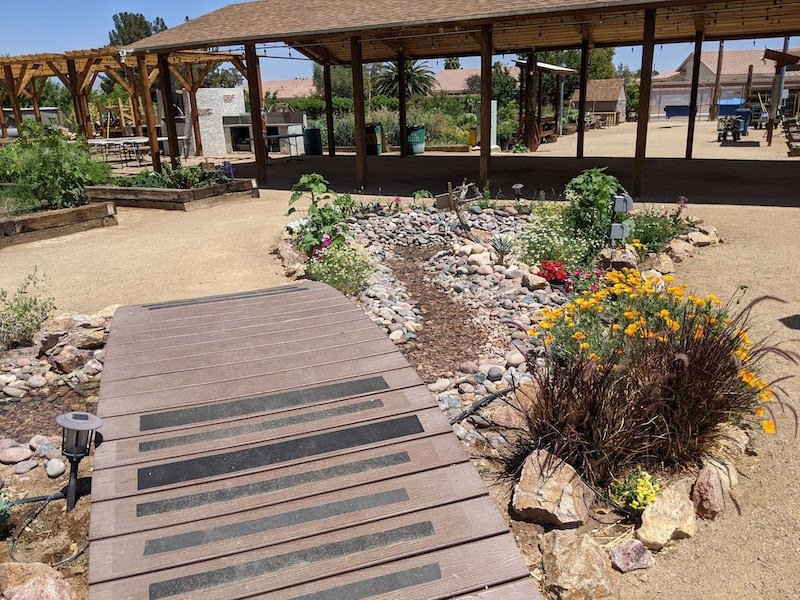Learning from Las Vegas: Sustainable vs. Susceptible
I hear a great deal about sustainability in the built environment that sounds both encouraging and delusional. These messages come from well intentioned environmentalists as well as corporate marketing departments. The general tone of the conversation is similar either way. Everyone can continue to live the way we do now, but by making a few minor adjustments we’ll transition away from coal, oil, and natural gas to benign materials and clean renewable energy. This transition will save households money, preserve nature, and be profitable for private enterprise. Along the way we’ll hardly even notice the difference. I make a point of exploring anything that purports to be “green” to see if it passes the smell test.
Las Vegas is a great place to poke around and examine these themes. This part of Nevada receives 4 inches (10 cm) of rain per year. To put that into perspective, the national average is 38 inches (96 cm.)
The dominant soil is a sedimentary rock that’s a combination of heavy clay, gravel, sand and calcium carbonate called hardpan or caliche. It’s basically a naturally occurring form of concrete and quite possibly the worst material you could imagine if you were interested in growing anything.
The high temperature in Las Vegas is 125 F (51 C) and the low is 8 degrees (– 13 C). Without modern machinery and a national network keeping this place supplied with essentials there’s no way the current population of 2,200,000 people could survive in this environment. Las Vegas is basically a space colony.
Before my trip to Vegas I did some research and made a short list of award winning buildings to visit. This newly constructed suburban office park is one of them. Axiom is a Class A property and sports a LEED certification from the Green Building Council. It’s the first phase of a larger commercial development on this site.
First off, it’s a glass box in a desert. If you’ve ever left your car out in the sun on a hot summer day you know what happens. You can bake a potato in the glove box. Combine this with the fact that the building is surrounded by black asphalt paving and concrete. They soak up heat all day long then radiate it back out into the night. If you were trying to design a structure that maximized the worst aspects of the extreme climate this is exactly how you’d do it.
Of course, specialty glass is used in these buildings to keep the heat out and prevent the worst aspects of the greenhouse effect. And there are little gestures of drought tolerant native plantings on the edge of the pavement along with the rainwater catchment swales behind the multistory parking garage. These are the elements that add up to the environmental certifications. Look! LED lights! An Energy Star rated industrial air conditioning compressor!
None of this factors in the energy and pollution associated with manufacturing and transporting this amount of steel, glass, and concrete. Notice how the garage is larger than the office building itself. All the green credentials in the world won’t change the fact that everyday hundreds of cars will drive to and from this place for decades because it’s in a far flung location.
Is this building more efficient than a similar one built twenty or thirty years ago? Yes. As Las Vegas continues to grow and builds many more such places farther and farther out in the desert does it really matter? Shrug.
Here’s another building that was on my must see list while I was in town. The Las Vegas Cyclery is an ambitious Net Zero building that generates as much power as it consumes over the course of a year. The roof faces south to maximize solar electricity production. That same solar roof is made of metal which helps bounce heat away rather than absorb it. It also extends out on the southern facade to provide deep shade for a patio. Most windows face north to let in natural light while minimizing heat gain. The few west facing windows are set back with “eyebrows” to keep the glazing out of direct sun in the hottest part of the day. And of course there’s the xeriscaping with desert plantings to minimize water consumption.
In addition to the 208 solar panels there’s a wind turbine which was spinning at a good clip while I was there. The desert is often a windy place and this building tapped that resource. A series of placards around the property described the various environmentally friendly features. I call this the Green Stations of the Cross.
Now, here’s the tricky bit. This thoughtful energy efficient Net Zero building is embedded in the same old asphalt and concrete context as the rest of suburbia. I was there on May 5th - a date I remember clearly because it was Cinco de Mayo with the attendant celebrations. Even in this relatively mild spring afternoon it was still 100 F (38 C.) It only gets hotter as August approaches. I placed my bare hand on the black roadway for a split second and it was much hotter than 100 F. I could have fried an egg on the street and there were acres of this pavement all around.
Customers and employees arrived with their bikes inside cars and trucks. The company offers adventure tours where groups pile into vans fitted with bike racks to drive them to select locations where they ride around, then get driven back to the cyclery. It goes without saying that most of these adventure cyclists arrive in Las Vegas by air as I did.
Here’s the road the cyclery is on. I tried unsuccessfully to cross this road on foot. It wasn’t physically possible. It’s fenced off and walled off on each side. This confused me because this is the exact location of the Western Beltway Trail. Somewhere in all that highway was an official bike path.
I drove my rental car across the highway to see if I could access the bike path from the other side. This pedestrian bridge was a prominent part of the trail and I wanted to get up to it on foot. I couldn’t park on the side of the road so I pulled into a shopping mall parking lot and tried to approach the bridge from that angle. Wall. Fence. Wall. Another fence. Nope.
Is it possible to build a more sensitive commercial enterprise in the desert? Absolutely. Does it really matter if every other part of society is moving at 75 miles an hour in a completely different direction? Meh.
This is what most of suburban Las Vegas looks like. Development tends to hopscotch across the landscape always pushing out toward the edges. One square mile will be built out, but the next patch of construction will skip over a swath of empty land and build out another chunk of territory elsewhere. The bare patches tend to get filled in gradually over time, but there’s so much land that plenty of space remains vacant even relatively close to the theoretical center of activity. This bit is slated to become an old folks home. “Coming Soon! Westcare. Uplifting the human spirit.”
This building wasn’t on my lookie-loo list of green construction in Las Vegas, but it demonstrates what most buildings in the area are like. This property embraced a Greek temple aesthetic in extruded aluminum columns, vinyl peel-and-stick dentil trim, and synthetic stucco. Once again, it’s trapped in a sea of black asphalt that exacerbates the desert heat. The hum of dozens of individual room air conditioners echoed off the retaining walls in the parking lot. Window blinds are permanently closed as the sun beats down on the exposed walls. Would new LEED certified Net Zero construction be better? Sure. But these existing buildings are going to continue to be inhabited for a very long time as they are because it’s uneconomical to replace or retrofit them.
The San Miguel Community Garden next door was, in fact, on my green list. That’s how I stumbled on the old folks home. The nursing facility provided the land to the garden organizers at favorable terms. In exchange the residents and nursing staff have ready access to the garden. The first thing I noticed upon arrival was the wood chips along the parking area. It was significantly cooler than the paved road or the nearby rocky wasteland, yet the chips were able to support the vehicles perfectly well.
Fruit trees, fruiting vines, and ground crops not only produced food, but dropped the temperature by twenty degrees. In the shade of this vegetation the otherwise unbearable heat was entirely pleasant without the need for mechanical cooling.
One of the gardeners walked me through the process of soil building. Waste wood from landscaping operations in the city is delivered and mixed with spoiled produce from local shops. It’s all composted together to become rich fertile soil. Chickens help turn and mix the compost while picking out grubs, worms, and insect larvae. The result is less work for humans and fresh eggs.
Water is scarce and precious in the desert so drip systems deliver just the right amount only where it’s needed. The heavy mulch and compost helps keeps the soil shaded and moist until plants mature.
A steady trickle of water recirculates in a stream. Most of the water actually flows under the stones and isn’t exposed directly to the sun in order to reduce evaporation. That little bit of water attracts birds, beneficial insects, and provides play space and beauty for visitors.
Here’s a little compare and contrast where the back of the community garden meets the back of the old folks home. Spot the difference? Productive trees, vines, and bushes could be planted along the buildings to provide natural cooling, food, and beauty. But society isn’t set up to create places in sync with nature.
Buildings and machinery can be bought on credit, amortized, depreciated for tax purposes, and bundled into the tertiary derivatives market. Energy is infinitely cheaper than human labor. The subtle and nuanced processes of building and maintaining places that work with the landscape is tedious. There are liability and insurance implications. There’s no obvious political or economic constituency on hand to appeal to or engage with beyond a few do-gooder types with no authority, money, or influence.
Could Las Vegas transform itself into a truly green sustainable place? In theory… Maybe. In reality… No. Instead, Las Vegas will continue to do more of what it always has done at an ever accelerating pace. So long as financing is still available, people still keep flying in from other states and countries, fuel and food keep flowing in from the outside world, and water continues to be pumped in from the Colorado River, Vegas is going to keep on keeping on.
My guess is it will hit a wall at some point. Some limiting factor will emerge that can’t be negotiated away by clever officials or enthusiastic investors. The question of sustainability will be replaced by a very real and pressing susceptibility. A century from now there will still be a Las Vegas, but I suspect it will be a town of reduced circumstances and fewer residents. I’ll be long dead by then. Not my problem.


































































